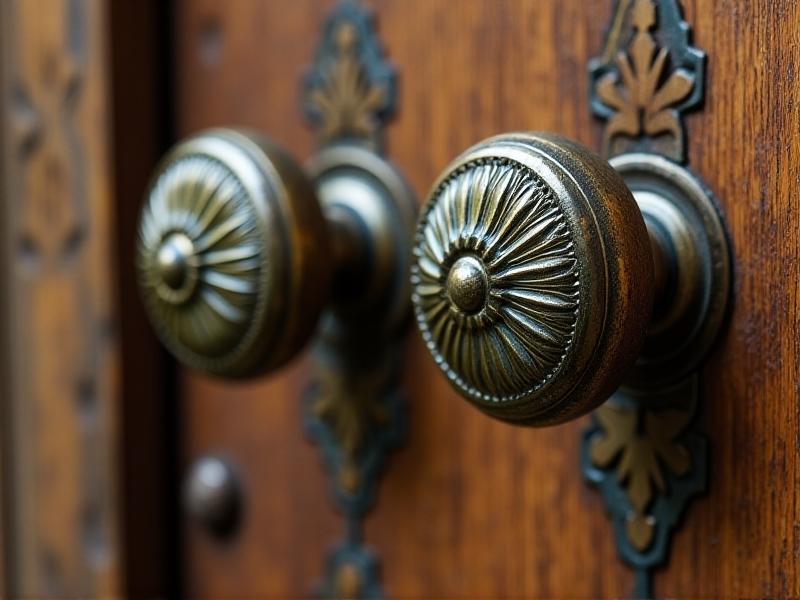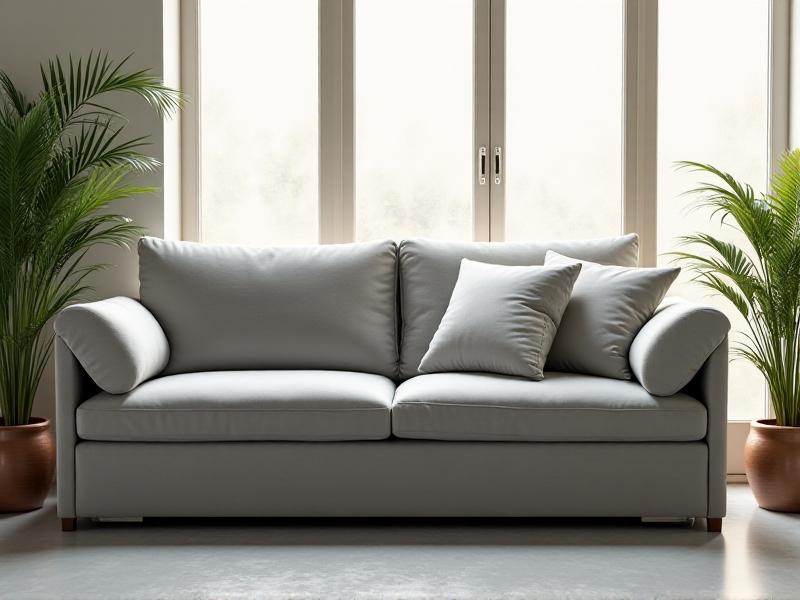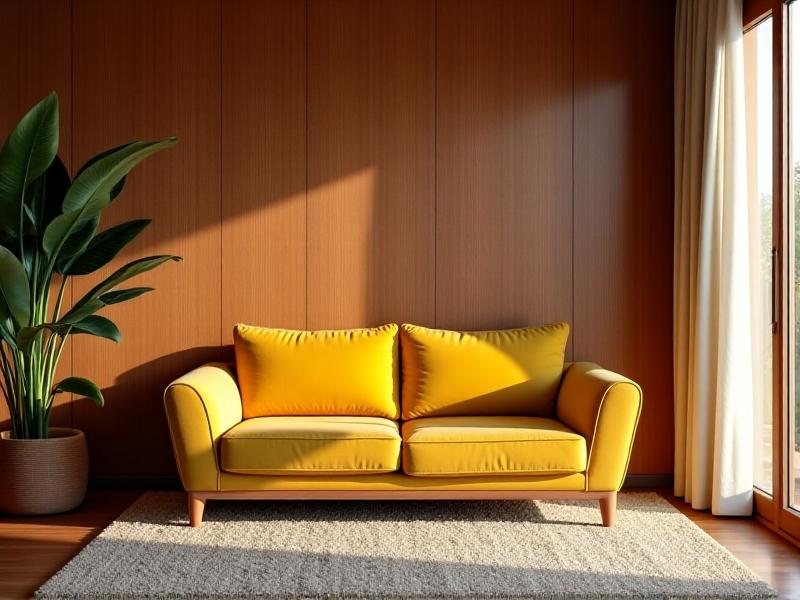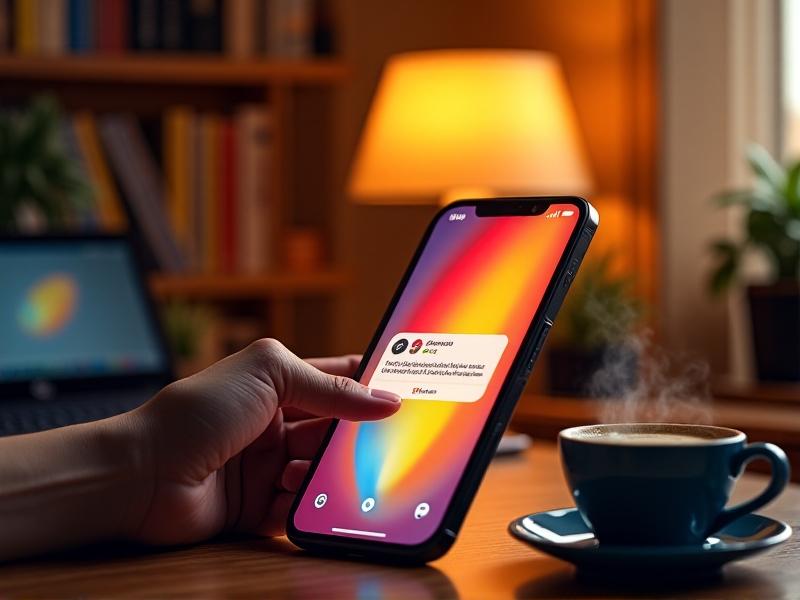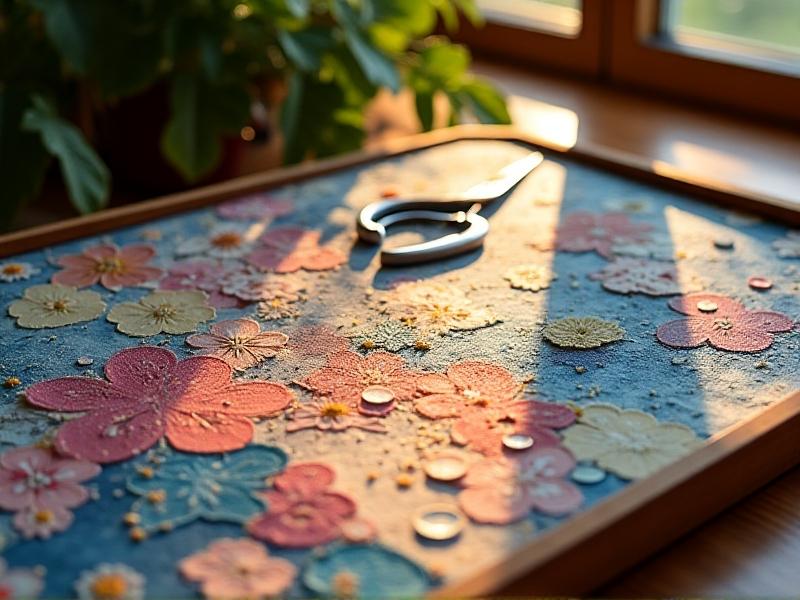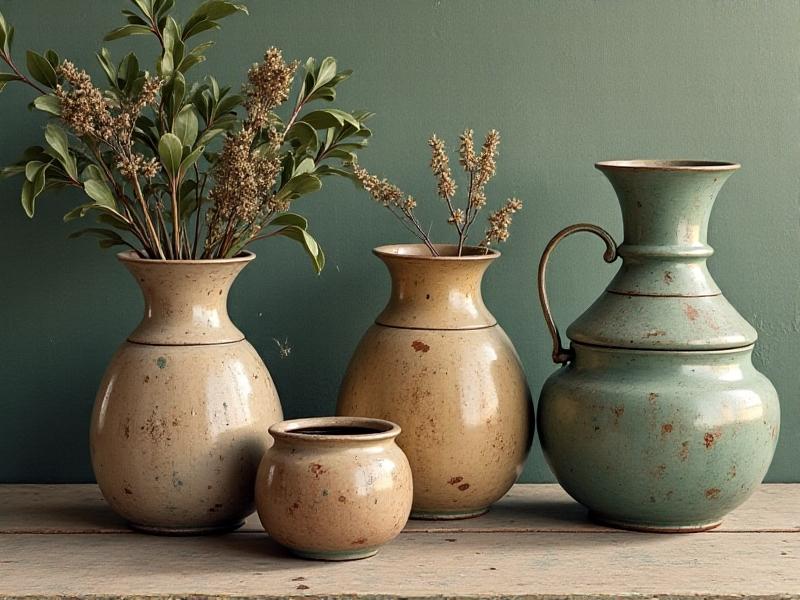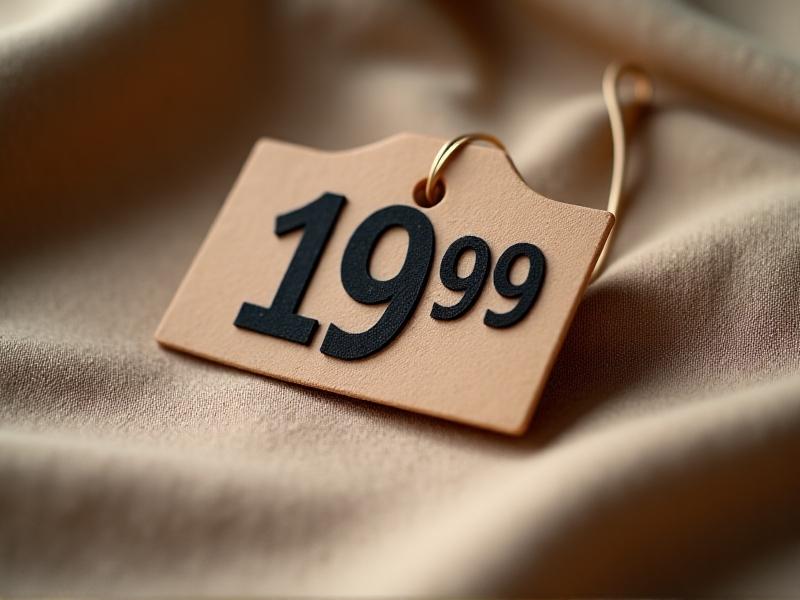Corporate to Coastal: Reimagining 90s Office Furniture
The 90s Office Revival: From Cubicles to Coastal Dreams
The 1990s corporate office—a world of beige cubicles, bulky CRT monitors, and fluorescent lighting—has become an unlikely muse for modern interior design. Once synonymous with monotony, these spaces are now celebrated for their nostalgic charm and structural simplicity. As coastal aesthetics gain popularity, blending relaxed, airy vibes with sustainable practices, designers and DIY enthusiasts are reimagining 90s office furniture as chic, functional pieces for beachside homes and urban lofts alike. This shift isn’t just about style; it’s a rebellion against disposable culture, transforming forgotten filing cabinets and angular desks into symbols of creativity and eco-conscious living.
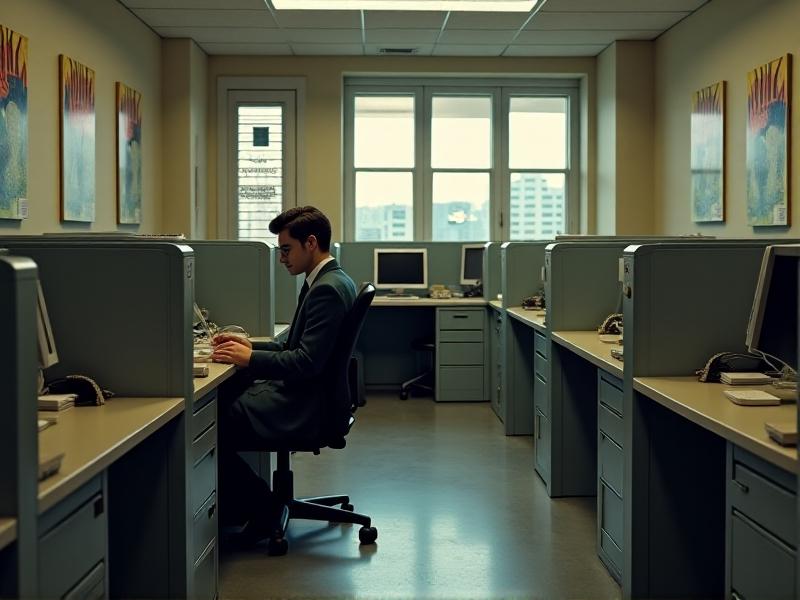
Why the 90s Aesthetic Is Back (and Why It Works)
Nostalgia plays a powerful role in design cycles, and the 90s resurgence taps into a longing for pre-digital simplicity. Millennials and Gen Z, who grew up during this era, now seek to blend its iconic elements with contemporary minimalism. The 90s also marked the rise of ergonomic experimentation, resulting in unique shapes—think curvaceous chairs and modular shelving—that feel fresh today. Social media platforms like Instagram and TikTok have amplified this trend, with hashtags like #Grandmillennial and #RetroRevival showcasing how vintage office pieces can be reinvented. Their sturdy construction, often lacking in today’s fast furniture, makes them ideal candidates for upcycling.
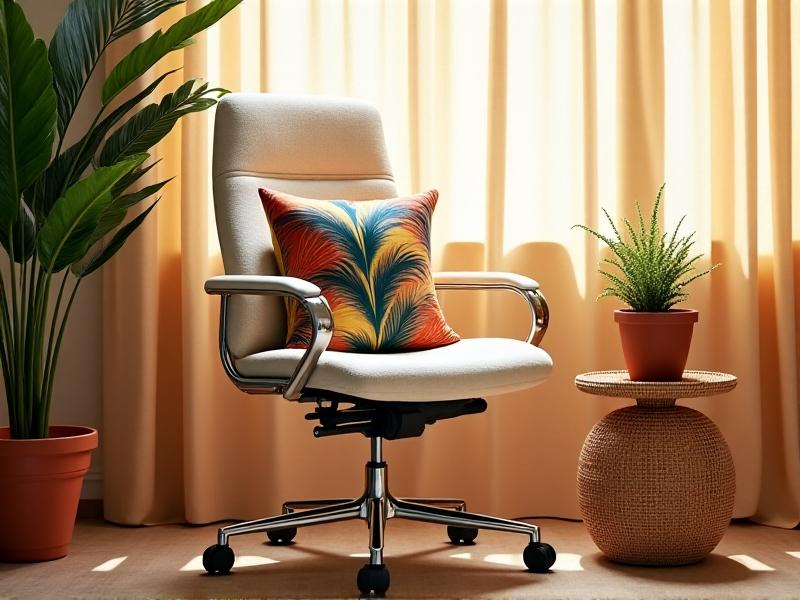
Design DNA: Key Elements of 90s Office Furniture
90s office design was defined by practicality: think angular metal frames, neutral color palettes, and modular components. Materials like powder-coated steel, particleboard, and vinyl were staples, prioritizing durability over flair. Iconic pieces included L-shaped desks, swivel chairs with lumbar support, and vertical filing cabinets. While these items were designed for efficiency, their clean lines and utilitarian shapes provide a blank canvas for modern reinterpretation. The challenge lies in softening their rigid profiles—replacing industrial finishes with weathered paints or wrapping sharp edges in natural textures like rope or seagrass.
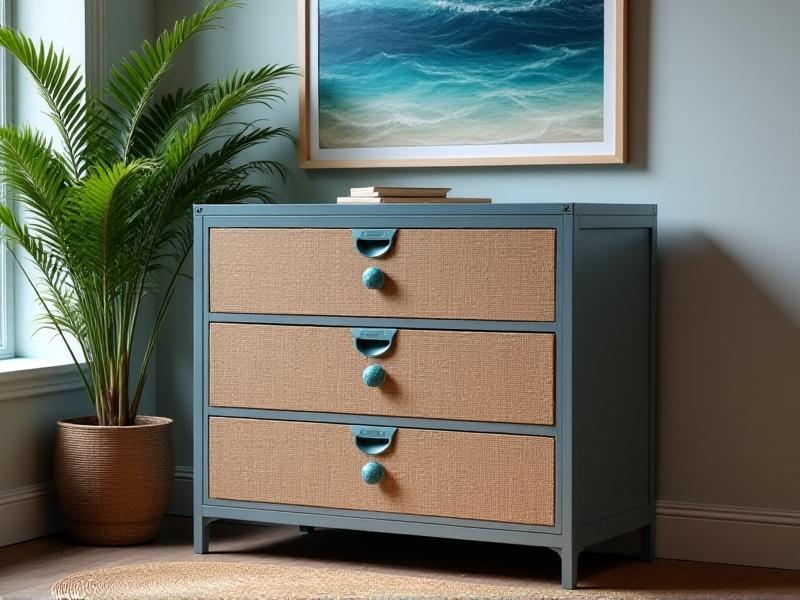
Coastal Alchemy: Transforming Corporate Rigidity into Beachside Ease
Coastal design thrives on light, texture, and organic shapes—a stark contrast to the 90s office’s rigidity. The key to blending these worlds lies in color and material swaps. Painting a steel desk in weathered white or sage green instantly softens its presence, while replacing plastic chair upholstery with linen or cotton duck canvas adds breathability. Incorporating natural elements like rattan baskets, jute rugs, or driftwood accents bridges the gap between a desk’s angularity and the free-flowing coastal vibe. Open storage, such as converting a filing cabinet into a display shelf for shells or ceramics, also invites airiness into formerly closed-off designs.
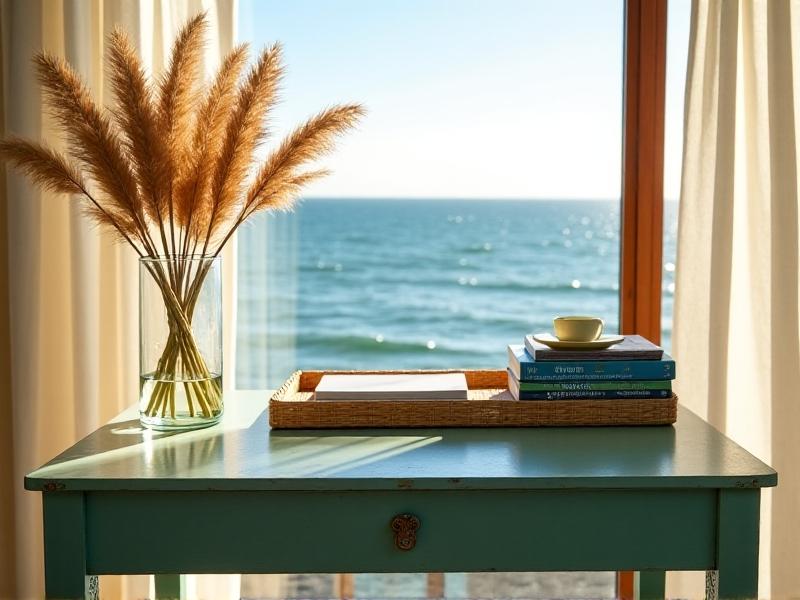
Sustainability Meets Second Life: The Eco-Impact of Upcycling
The environmental cost of furniture waste has spurred interest in upcycling. 90s office pieces, often built to last decades, are prime candidates for reuse. Unlike modern flat-pack alternatives, their solid construction reduces the need for frequent replacements. Repurposing a single steel desk can save approximately 150 pounds of CO2 emissions compared to buying new. Thrift stores and office liquidators are treasure troves for these items, often priced under $50. By extending their lifespan, homeowners reduce landfill contributions while adding character to spaces—proof that sustainability and style can coexist.
DIY Magic: Step-by-Step Coastal Makeovers for 90s Staples
Transforming a 90s relic into coastal chic starts with disassembly and deep cleaning. For a filing cabinet: remove drawers, sand surfaces, and apply chalk paint in muted tones like oyster white or driftwood gray. Replace hardware with brass pulls or rope handles. Line drawer interiors with nautical maps or grasscloth wallpaper. For office chairs: strip old upholstery, pad with eco-friendly foam, and wrap in durable outdoor fabric to resist salt air. Add rolled arms or seat ties using marine-grade rope for a yacht-inspired touch. Even monitor risers can become plant stands with a coat of mildew-resistant paint.
Case Study: The Cubicabana Home Office
San Diego designer Mara Reyes transformed a client’s 90s home office into a coastal retreat. She repurposed a bulky L-shaped desk by painting its base in Benjamin Moore’s ‘Harbor Gray’ and topping it with reclaimed teak. A swivel chair was reupholstered in Sunbrella’s sailcloth fabric, while a filing cabinet became a bar cabinet with glass shelves and LED lighting. Reyes added woven pendants and a vintage surfboard as wall art. “The goal was to keep the functionality but make it feel like a seaside escape,” she explains. The project cost 60% less than buying new, proving that creativity trumps budget.
Beyond Aesthetics: Modern Tech Meets Retro Furniture
Integrating today’s tech into 90s designs requires clever adaptations. Cable management is key: drill discreet holes in desks to route charging stations, or use hollowed-out CRT monitors as router enclosures. Adjustable monitor arms can be mounted to sturdy metal desks, while wireless charging pads fit seamlessly into drawer organizers. For a playful twist, convert a rolling office cart into a mobile minibar with a built-in Bluetooth speaker. The contrast of vintage forms with sleek tech creates a dynamic, functional space that honors both eras.
The Future of Hybrid Interiors: Where Corporate Meets Coastal
As remote work blurs the line between office and home, hybrid interiors will continue evolving. Expect to see more 90s pieces reworked with biophilic elements—think cubicle walls draped in hanging moss or desks with built-in planters. Multifunctional designs, like conference tables that convert into dining sets, will cater to flexible living. The coastal trend may also influence office spaces, with corporations adopting relaxed palettes and natural materials to boost employee well-being. In this cycle of reinvention, the 90s office isn’t just being copied—it’s being rethought for a brighter, softer, more sustainable future.
